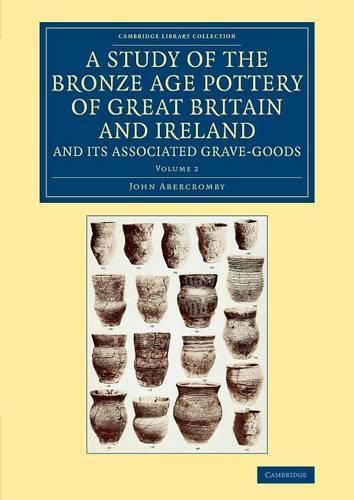Readings Newsletter
Become a Readings Member to make your shopping experience even easier.
Sign in or sign up for free!
You’re not far away from qualifying for FREE standard shipping within Australia
You’ve qualified for FREE standard shipping within Australia
The cart is loading…






The fifth Baron Abercromby (1841-1924), a soldier and keen archaeologist, published this two-volume work in 1912. His especial interest was prehistoric pottery, and he introduced the word ‘beaker’ as a term to indicate the late Neolithic/Chalcolithic western European culture which produced these characteristic clay drinking vessels. His aim was to produce a chronological survey of British and Irish ceramics from the late Neolithic to the end of the Bronze Age, to classify these by type and geographical area, and to examine the goods associated with dateable pottery in burials and cremation urns. This heavily illustrated work also puts the British beakers into their European context and considers the possible indications of movements of people given by variations in style. Volume 2 discusses cinerary urns, and the grave goods, including the so-called ‘pygmy urns’, associated with them.
$9.00 standard shipping within Australia
FREE standard shipping within Australia for orders over $100.00
Express & International shipping calculated at checkout
The fifth Baron Abercromby (1841-1924), a soldier and keen archaeologist, published this two-volume work in 1912. His especial interest was prehistoric pottery, and he introduced the word ‘beaker’ as a term to indicate the late Neolithic/Chalcolithic western European culture which produced these characteristic clay drinking vessels. His aim was to produce a chronological survey of British and Irish ceramics from the late Neolithic to the end of the Bronze Age, to classify these by type and geographical area, and to examine the goods associated with dateable pottery in burials and cremation urns. This heavily illustrated work also puts the British beakers into their European context and considers the possible indications of movements of people given by variations in style. Volume 2 discusses cinerary urns, and the grave goods, including the so-called ‘pygmy urns’, associated with them.